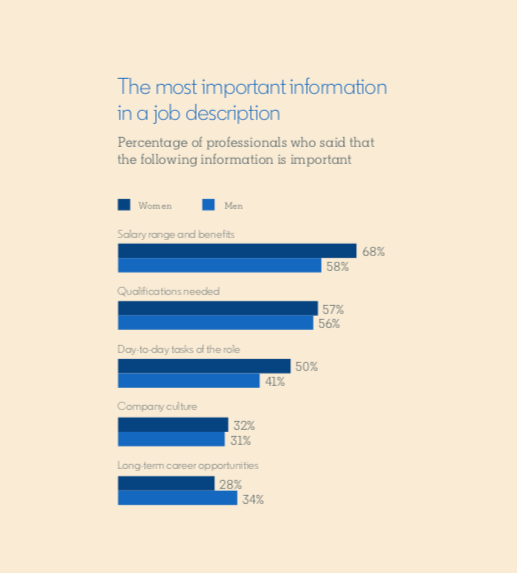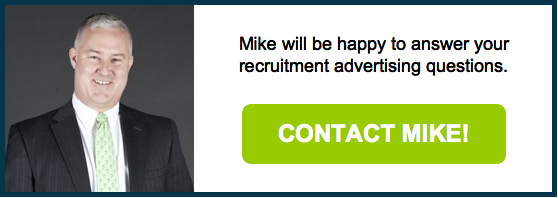Recently, we ran across LinkedIn’s Gender Insights Report which details the ways and reasons why women search for and find new roles differently from their male counterparts. This is particularly important because, as the report notes, “71% of talent professionals report that achieving gender parity at their company is a top priority.” With that in mind, here are some key takeaways that will allow you to attract more female candidates to work for your company.
Employed Doesn’t Mean Opposed to Outside Offers
While the numbers rank almost equally, women are very receptive and open to new opportunities. In fact, 88% of women and 90% of men fall into that category, the majority of which would be interested in speaking with a recruiter. In this new world where opportunities are easily considered via LinkedIn, Indeed, Craigslist and even social media sites and apps, people are keeping their options open. Don’t be afraid to pursue a talented female (or male) candidate if you think they would be a great match for your opportunity.
Slim Your Requirements Section Down
Metrics from the LinkedIn report noted that, “Research shows that in order to apply for a job, women feel they need to meet 100% of the criteria while men usually apply after meeting about 60%.”
What that means in a practical sense is that women are very aware of their skills and abilities. This is typically thought of as a strength, but in some cases can result in a lower number of applications. Next time you post a role, really consider which “requirements” are essential, by limiting that section or recategorizing some into the “nice to have” bucket, you may find a winning female applicant is a lot easier.
Go Beyond Referrals
According to the report, women are 26% less likely to ask for a referral than men. That is A LOT less likely! If you base many of your decisions on word of mouth reviews from employees, take time to examine what hires are coming from them. There is no need to stop valuing referrals (they produce many quality hires), but make sure to cast the net further to catch those who may want to blaze their own trail more independently.
Be Transparent About Your Benefits and Salary
Let’s be honest. Nothing is more frustrating than applying for a job, interviewing for the job and then being told that is pays much less than you expected and includes terrible benefits. If you pay competitively within your industry, we recommend adding a salary range or at minimum, a list of benefits in your job postings and on an easy-to-find area of your website.

The LinkedIn report stated, “When an employer shares salary ranges in their job postings, this could be seen as a signal that they are committed to transparency and fair pay regardless of the candidate’s gender or background.” Go ahead! Send out the signal!
Understand Where You Are and Where You Want to Go
While this isn’t an overall strategy, we recommend you take the advice from LinkedIn’s report and do all of the following:
- Understand your current gender split and set goals
- Strengthen your employer brand to appeal to diverse audiences
- Make your job posts more inclusive
- Develop a data-driven sourcing strategy
- Chart your outreach and response rates by gender
There are many other tips and metrics in the full report. Download it for yourself here.
*Please note: this blog is based off data from LinkedIn’s report. While we recommend the report, we also believe you should chart data based on candidate-provided gender identity for maximum inclusivity.
--
Go forth and hire powerful women and men for your open roles! And if you need help…you know what to do.











